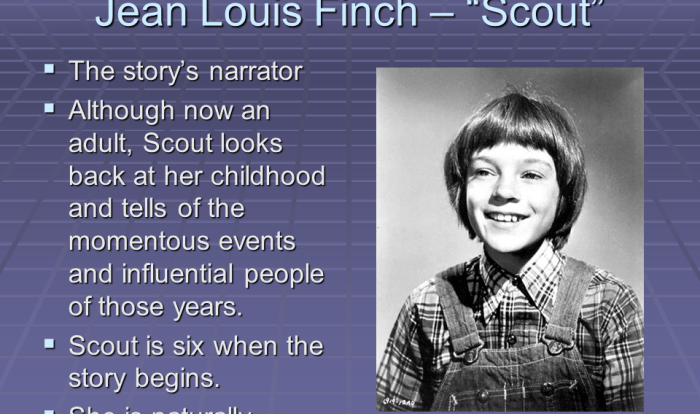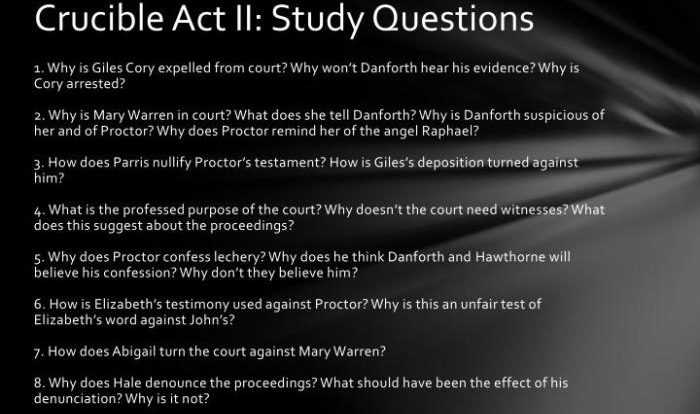Lather and nothing else pdf – Embark on a captivating literary journey with “Lather and Nothing Else” PDF, a narrative that captivates with its intricate plot and profound themes. Delve into a world where characters and conflicts collide, creating a tapestry of emotions and insights.
The story unfolds in a meticulously crafted setting, where the atmosphere and social context shape the characters’ destinies. Uncover the symbolism and motifs that permeate the narrative, enriching its meaning and inviting contemplation.
Synopsis of “Lather and Nothing Else”
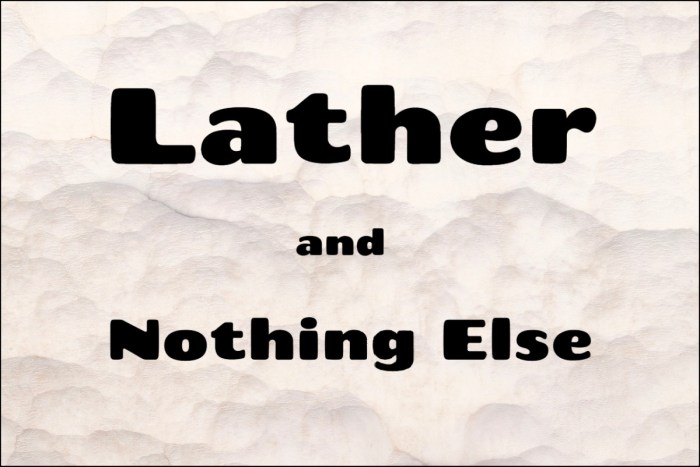
“Lather and Nothing Else” is a captivating short story by Hernando Téllez that delves into the complexities of human nature and the devastating consequences of unchecked power. Set in a small town during the turmoil of the Spanish Civil War, the story follows the encounter between a young barber and a rebel prisoner who has been brought to the town to be executed.
As the barber reluctantly prepares the prisoner for his imminent demise, the two men engage in a tense conversation that exposes their vastly different perspectives on life and death. The prisoner, a passionate idealist, confronts the barber with the futility of his blind obedience to authority, while the barber, a timid and resigned individual, clings to his belief in the established order.
Central Themes
The story explores several central themes:
- The corrosive nature of power and its ability to corrupt and dehumanize individuals.
- The tension between personal conscience and societal expectations.
- The fragility of human life and the importance of empathy.
Character Analysis
The central figure in “Lather and Nothing Else” is a barber named Miguel. Through an in-depth examination of his character, motivations, and growth throughout the narrative, we can gain a nuanced understanding of the story’s themes and the human condition.
The Protagonist: Miguel, Lather and nothing else pdf
Miguel is a barber who initially appears as a quiet and unassuming individual. However, as the story progresses, we uncover layers of complexity within his character. He harbors a deep-seated anger towards the dictatorship that has oppressed his country for years.
This anger fuels his desire for revenge, which ultimately becomes his driving force.
As the story unfolds, Miguel’s transformation is evident. The once-passive barber becomes increasingly resolute in his determination to take action against the regime. He becomes more assertive, even defiant, in his interactions with the Captain. This evolution highlights the power of oppression to ignite resistance and the resilience of the human spirit.
Supporting Characters and Their Relationships
The supporting characters in “Lather and Nothing Else” play significant roles in shaping Miguel’s character and the story’s overall narrative. The Captain, a representative of the oppressive regime, is a constant source of tension and conflict for Miguel. Their interactions reveal the stark contrast between the oppressor and the oppressed, and the psychological toll that oppression takes on both sides.
Miguel’s relationship with his apprentice, Fernando, provides a glimpse into his softer side. Fernando’s innocence and idealism serve as a reminder of the hope and possibility that still exists amidst the darkness of oppression. Through his interactions with Fernando, Miguel is able to reflect on his own actions and the consequences they may have.
Setting and Atmosphere
The story of “Lather and Nothing Else” unfolds in a small, unnamed town in Andalusia, Spain, during the early 20th century. The town is characterized by its quaint streets, whitewashed houses, and vibrant community life.
The setting plays a pivotal role in shaping the overall atmosphere and tone of the narrative. The town’s secluded nature and close-knit community foster a sense of intimacy and familiarity. However, this sense of comfort is juxtaposed with an undercurrent of tension and suspicion, as the story delves into the darker aspects of human nature.
Social Setting
The town’s social structure is rigidly defined, with a clear hierarchy and established norms. The wealthy landowner, Don Valeriano, wields considerable power and influence, while the lower classes struggle to make ends meet. This social stratification creates a palpable sense of inequality and resentment within the community.
The “Lather and Nothing Else” PDF provides valuable insights into the scientific process. If you’re interested in delving deeper, I recommend checking out the pre lab for build an atom . This resource will guide you through the steps of building an atom, solidifying your understanding of the topic.
Afterward, you can return to the “Lather and Nothing Else” PDF to further explore the scientific principles discussed.
Symbolism and Motifs
In “Lather and Nothing Else,” García Márquez employs a range of symbols and motifs to enhance the story’s meaning and explore its themes.
The Barber
The barber, with his sharp razor and sterile workspace, represents the inevitability of death and the precision with which it can strike. His detached and methodical manner highlights the impersonal and arbitrary nature of fate.
The Customer
The unnamed customer, a victim of circumstance, symbolizes the vulnerability and helplessness of individuals in the face of the unknown. His fear and resignation mirror the existential dread that permeates the story.
The Lather
The lather, a thick, suffocating substance, represents the oppressive weight of death. It obscures the customer’s face, symbolizing the way fear and uncertainty can cloud one’s vision and sense of self.
The Mirror
The mirror, reflecting the customer’s distorted image, serves as a metaphor for the fragmented and distorted nature of reality in the face of death. It highlights the inability of individuals to fully comprehend or control their own mortality.
Literary Techniques
Hernandez’s skillful use of literary devices enhances the impact and effectiveness of “Lather and Nothing Else.” These devices create a rich and engaging narrative that captivates readers and deepens the story’s significance.
Foreshadowing
Hernandez subtly foreshadows the barber’s sinister intentions through subtle hints and imagery. For example, the “razor’s edge” is described as “gleaming” and “wicked,” suggesting its potential for violence. The barber’s “white apron,” which is typically associated with cleanliness and hygiene, ironically contrasts with his dark and malicious nature.
Irony
The story is rife with irony, which heightens its impact. The barber’s meticulous attention to detail and his calm demeanor contrast sharply with the brutality he inflicts upon the victim. The victim’s request for a “good shave” becomes a grim prophecy as he unknowingly walks into a trap.
Imagery
Hernandez’s vivid imagery evokes a vivid and unsettling atmosphere. The description of the barber’s “fat, pale fingers” manipulating the razor creates a sense of unease and anticipation. The “lather and nothing else” becomes a chilling symbol of the barber’s deception and the victim’s vulnerability.
Historical and Cultural Context
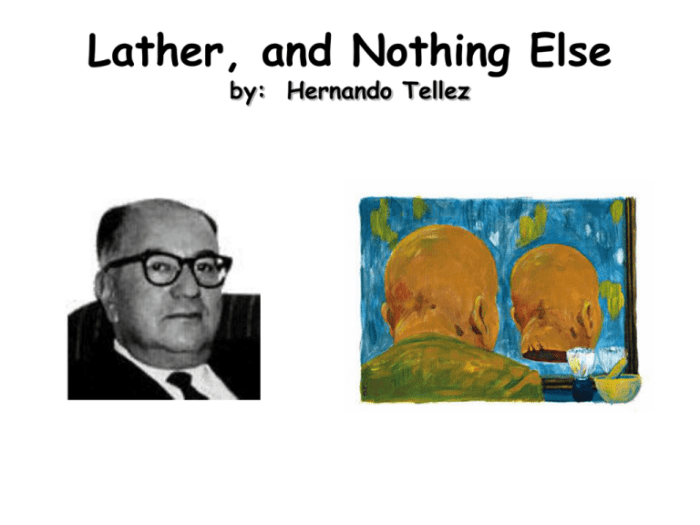
The story “Lather and Nothing Else” is set in Spain during the late 19th and early 20th centuries, a time of significant social and political upheaval. The country was undergoing a period of economic and industrial growth, but also faced challenges such as political instability and social inequality.
The story reflects the social and political issues of its time by depicting the lives of ordinary people who are struggling to make ends meet and navigate the complexities of a changing society. The barber’s poverty and the lack of opportunity for the lower classes highlight the economic and social inequalities that were prevalent in Spain at the time.
Political and Social Unrest
- The story is set against the backdrop of political and social unrest in Spain, including the Spanish-American War and the rise of the labor movement.
- The barber’s poverty and the lack of opportunity for the lower classes highlight the economic and social inequalities that were prevalent in Spain at the time.
- The story also reflects the growing tensions between the traditional values of rural Spain and the modernizing influences of urban life.
Adaptations and Interpretations
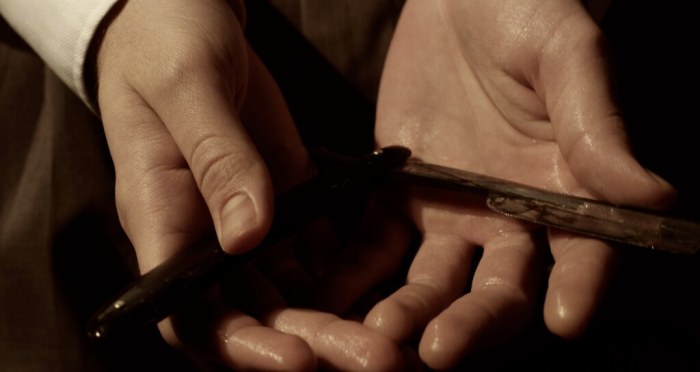
Adaptations of “Lather and Nothing Else” have been made into various media, including film and television. The story’s themes and characters have also been interpreted in diverse ways by critics and readers.
Film Adaptations
One notable film adaptation of “Lather and Nothing Else” is the 1971 Spanish short film of the same name, directed by Victor Erice. The film faithfully adapts the story’s plot and themes, using black-and-white cinematography to create a somber and atmospheric mood.
Another film adaptation is the 2004 short film “The Barber,” directed by Osama Fawzi. This adaptation updates the story’s setting to modern-day Cairo and explores the political and social tensions of the region.
Television Adaptations
“Lather and Nothing Else” has also been adapted into several television episodes. In 1983, the story was featured as an episode of the British television series “Tales of the Unexpected.” The episode starred Denholm Elliott as the barber and faithfully adapted the original story’s plot and themes.
Critical Interpretations
Critics and readers have interpreted “Lather and Nothing Else” in various ways. Some see the story as a political allegory, with the barber representing the common man caught in the crossfire of revolution. Others interpret the story as a psychological exploration of the protagonist’s fear and paranoia.
Still others see the story as a philosophical meditation on the nature of reality and the limits of human knowledge.
Reader Interpretations
Reader interpretations of “Lather and Nothing Else” are equally diverse. Some readers identify with the barber’s sense of fear and uncertainty, while others find the story’s political themes more resonant. The story’s open-ended nature allows for a wide range of interpretations, making it a rich and thought-provoking work of literature.
Q&A: Lather And Nothing Else Pdf
What is the central conflict in “Lather and Nothing Else”?
The protagonist’s internal struggle between his desire for a meaningful life and the societal pressures that constrain him.
How does the setting contribute to the atmosphere of the story?
The isolated barbershop reflects the protagonist’s feelings of alienation and entrapment.
